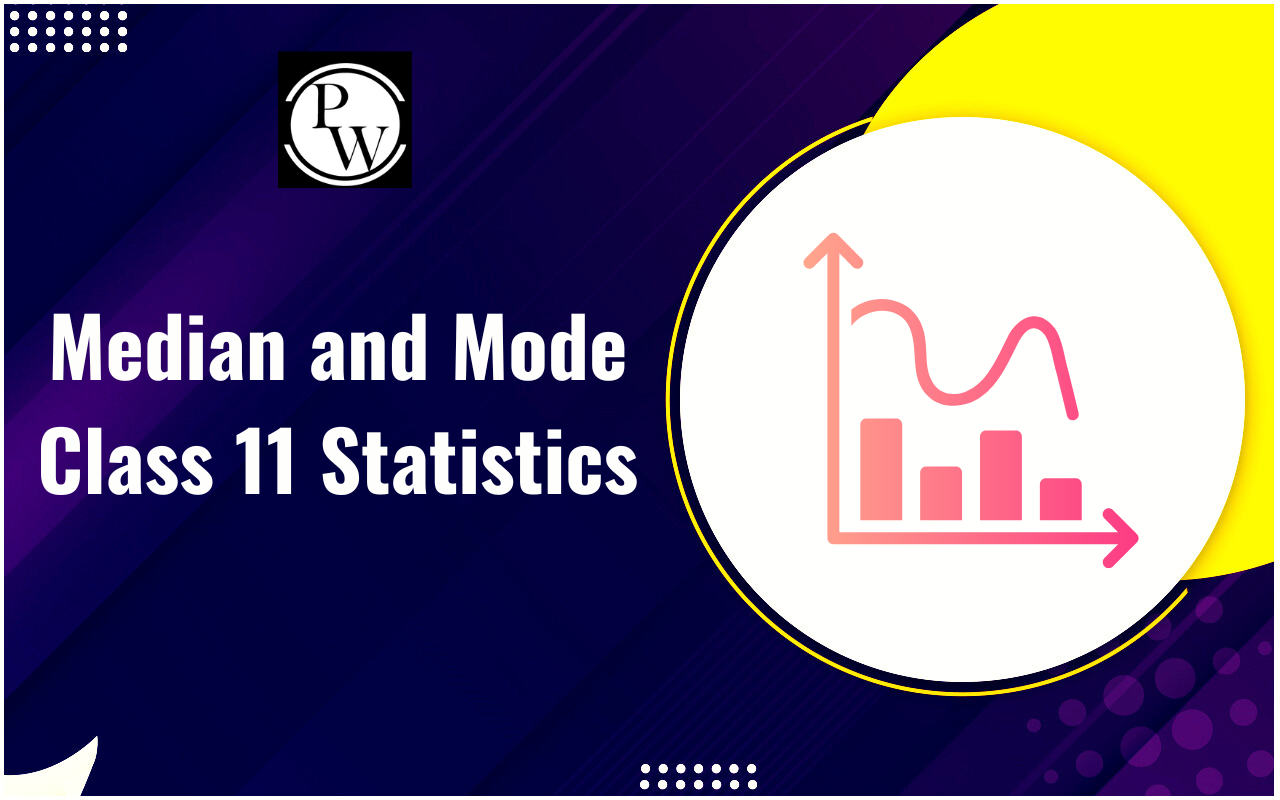
The responsiveness of a supply of an item or service to a change in its market price is referred to as price elasticity of supply. According to fundamental economic theory, when the price of a commodity rises, so does the supply of that good. In contrast, when a good's price falls, so does its supply. Perfectly Elastic, More than Unit Elastic, Unit Elastic, Less than Unit Elastic, and Perfectly Inelastic are the five different types of supply elasticity.
Price Elasticity of Supply Meaning
Price Elasticity of Supply (PES) is a term in economics that shows us how responsive the quantity provided of a good or service is to changes in its price. In simpler terms, it helps us understand how easily and rapidly producers may shift the amount they're ready to offer when the price of their goods or services changes.
Suppose you're a lemonade stand owner. If the price of lemons, a vital ingredient, suddenly rises higher, PES helps you evaluate how soon and substantially you can raise the amount of lemonade you manufacture to maintain your margins of profit.
Price Elasticity of Supply Formula
The formula for Price Elasticity of Supply (PES) can be expressed as follows:
PES = (% Change in Quantity Supplied) / (% Change in Price)
This value tells us whether the supply is elastic (PES > 1), indicating a relatively responsive supply, or inelastic (PES < 1), suggesting a less responsive or rigid supply to price fluctuations.
Types of Price Elasticity of Supply
Price Elasticity of Supply (PES) can be categorized into five types, each revealing different supply responsiveness to price changes. Here are the five main types:
Perfectly Elastic (PES = ∞):
In this scenario, supply exhibits an extremely high level of responsiveness to price changes. Even the slightest price fluctuation results in an immediate adjustment in the quantity supplied.
Example: The market for an unpatented generic medication. When the price of this medication increases even slightly, manufacturers can rapidly increase production to meet the demand.
More than Unit Elastic (PES > 1):
Supply is responsive to price changes, but not to an extreme extent. The percentage change in quantity supplied is greater than the percentage change in price.
Example: The production of smartphones. When the price of smartphones rises by 10%, manufacturers can increase production by 15% to capitalize on the higher prices.
Unit Elastic (PES = 1):
Here, supply responds proportionally to price changes, meaning the percentage change in quantity supplied is exactly equal to the percentage change in price.
Example: The supply of organic vegetables. If the price of organic vegetables increases by 10%, the quantity supplied also increases by 10%.
Less than Unit Elastic (PES < 1):
Supply is somewhat unresponsive to price changes. The proportional change in quantity offered is lower than the proportional change in price.
Example: Artisanal handcrafted jewellery. If the price of these unique pieces goes up by 10%, the quantity supplied might only increase by 5% due to the time and effort required for crafting each piece.
Perfectly Inelastic (PES = 0):
In this situation, supply remains completely rigid and unresponsive to price changes. Regardless of how much the price changes, the quantity supplied remains the same.
Example: Essential medications that have no substitutes. If the price of a life-saving drug remains the same or increases, the quantity supplied does not change, as it's a necessity with no alternatives.
Factors Affecting Price Elasticity of Supply
Number of Firms: When there are a lot of them, supply is more likely to be elastic. This occurs because other companies can fill the supply gap.
Time: As the price elasticity of supply increases, producers will increase the amount supplied by a greater proportion than the price increases.
Marginal Cost: If the cost of manufacturing one more unit or Marginal Costs rise rapidly with output, the rate of output production will be constrained, i.e. Price Elasticity of Supply will be inelastic. This suggests that changes in the amount supplied% are less significant than changes in pricing. On the other hand, if the Marginal Cost develops slowly, supply will be elastic.
Factors of Production Flexibility: When factors of production move, supply price elasticities increase. This implies that labor and other industrial inputs may be imported from different regions of the world in order to increase output quickly.
Price Elasticity of Supply Calculation Example
Consider a farm capable of producing and delivering 600 bushels of corn per quarter. In the first quarter, the price for one bushel was ₹160.75. By the second quarter, the price had increased to ₹163.20, and the farm managed to produce and deliver 610 bushels.
To assess the change in price, the calculation was:
Percent change in price = ((₹163.20 - ₹160.75) ÷ ₹160.75) × 100 = 1.58%
Simultaneously, the percent change in supply was calculated as:
Percent change in supply = ((610 - 600) ÷ 600) × 100 = 1.67%
Using the formula for price elasticity, the calculation was:
Price elasticity = (1.67% ÷ 1.58%) = 1.058
This result of 1.058 indicates that the farm's corn price elasticity of supply is moderately elastic. If the farm's production increased to 630 bushels in the second quarter, the elasticity would change:
Percent change in supply = ((630 - 600) ÷ 600) × 100 = 5%
The calculation for price elasticity with this new supply change would be:
Price elasticity = (1.67% ÷ 5%) = 0.334
In this scenario, the farm's corn price elasticity of supply would be 0.334, indicating a lower level of elasticity compared to the initial situation.
| Read Related Topics | |||
| Arithmetic Mean | Income and Expenditure Account | Inflation Rate | Income Elasticity of Demand |
| New Profit Sharing Ratio | Methods of Valuation of Goods | Income Method | Final Accounts |
Price Elasticity of Supply FAQs
What is the cross-price elasticity of supply?
What factors affect the price elasticity of supply?
What is a perfectly inelastic supply?
What is a perfectly elastic supply?
How is the price elasticity of supply calculated?










